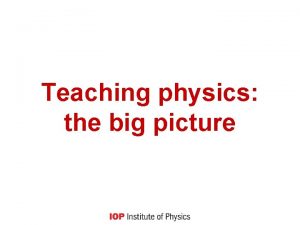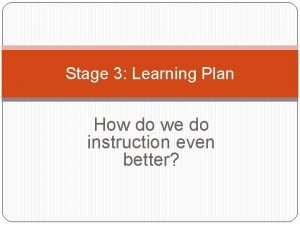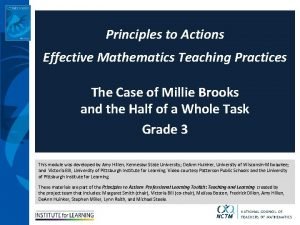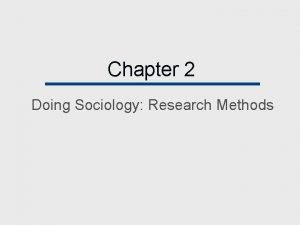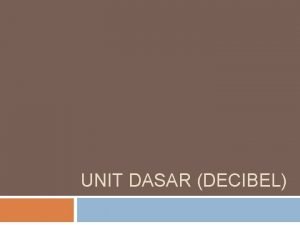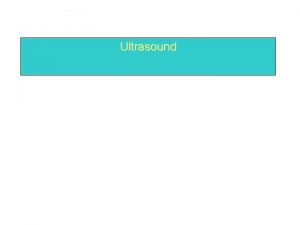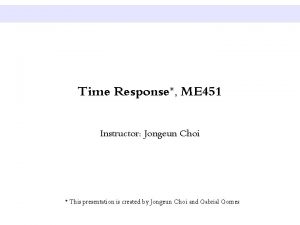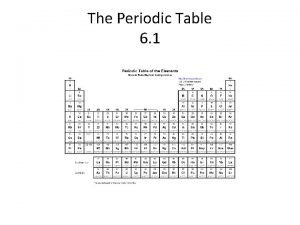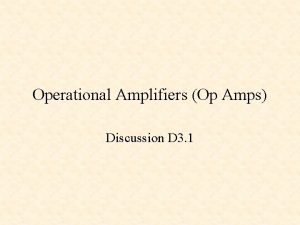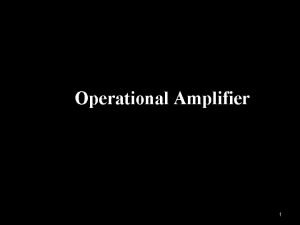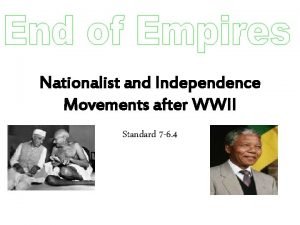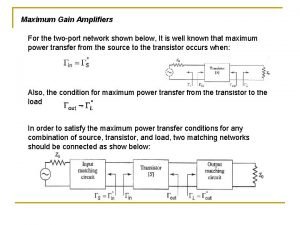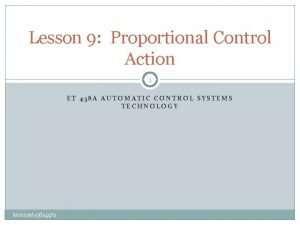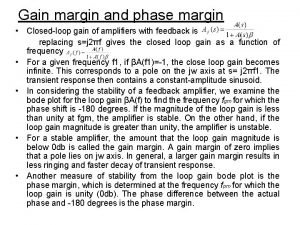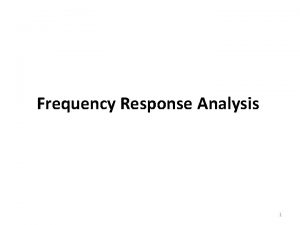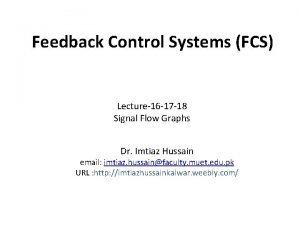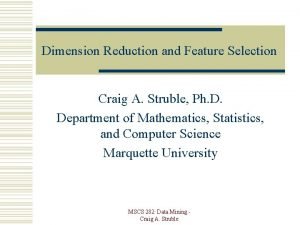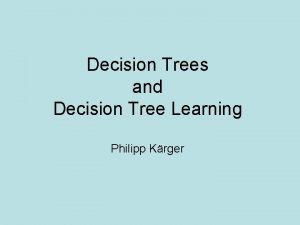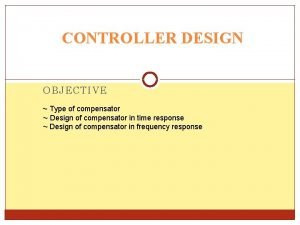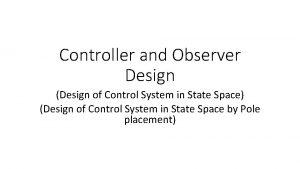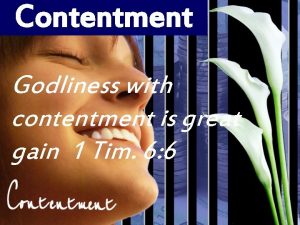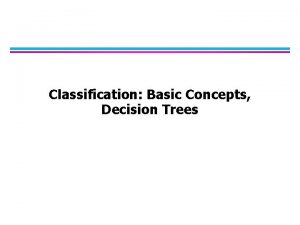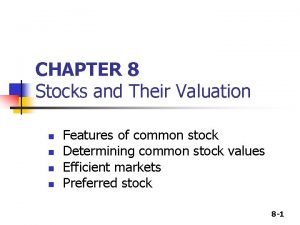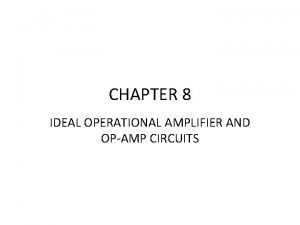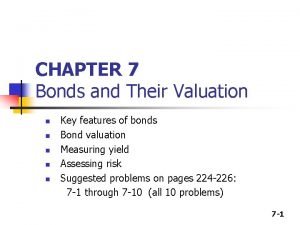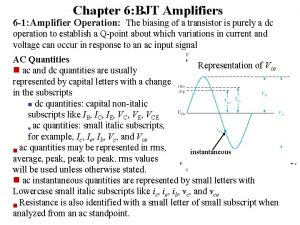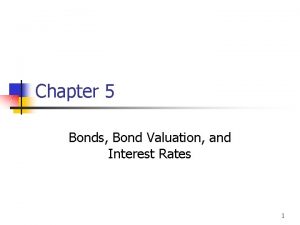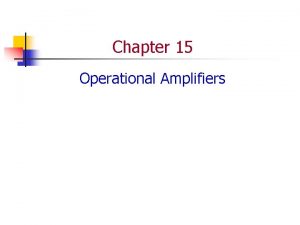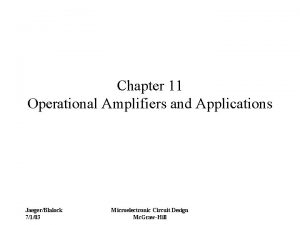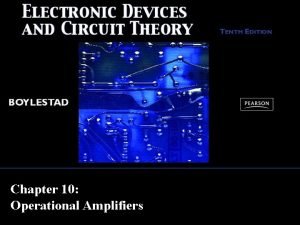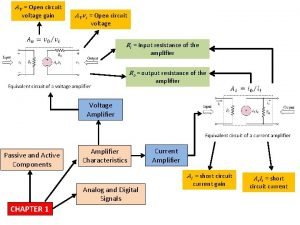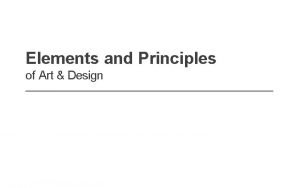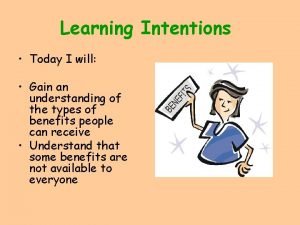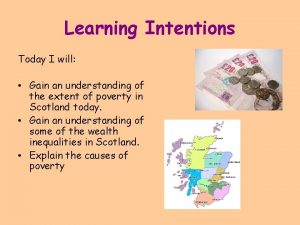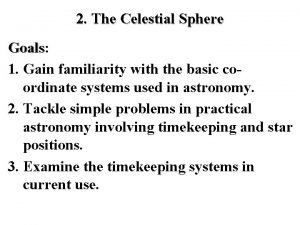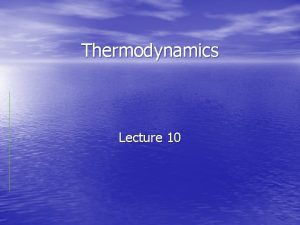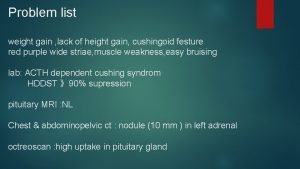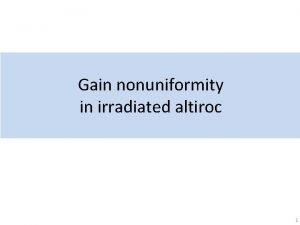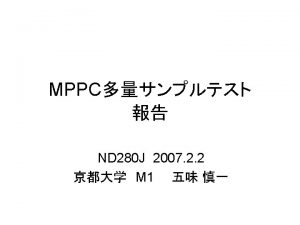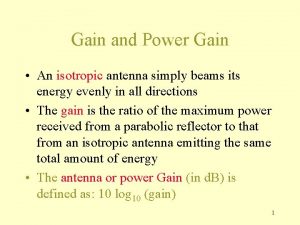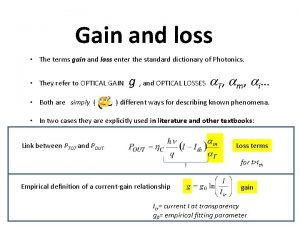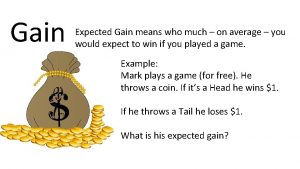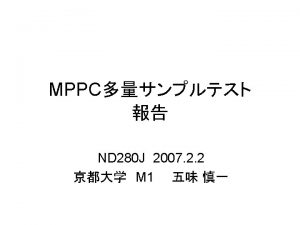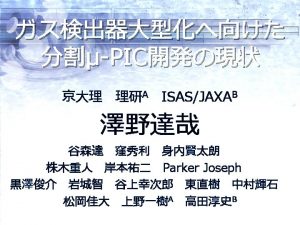Learning Goals Today I will Gain an understanding
































































- Slides: 64


Learning Goals Today, I will… • Gain an understanding of the elements of art and the principles of design • Apply my understanding of the elements of art and the principles of design using text & images

The Elements & Principles Elements • The basic building blocks; • The things inside, that make up a piece of art • Most art will contain several of the elements • (Think of as the ingredients) Principles • What we do with the building blocks (elements) • (Think of as your chef’s technique and preparation of a dish)

Elements of Art – a composition’s individual visual parts, including line, shape, form, value, color, space and texture –––––––––––––––––––––

Line • Fundamental • Point moving in space • Visual pathways through your pictures • Can be actual/real lines • Ex: Yellow line on road OR implied like geese flying in a “V”




Shape & Form • A contained area. • Can be GEOMETRIC (man-made) ex. Square, triangle, circle, etc. • Can be ORGANIC (natural) ex. Leaves, humans, puddles, etc. • Used to create a sense of space and substance.

Shape/Form Shape Form • Shapes are 2 -Dimensional and flat • Form encloses volume; 3 -Dimensional • Created when a line is enclosed • highlights / shadows • No highlights / shadows • For example, sphere • For example, a circle




Color • Color can alter the overall mood/ feeling. • Hue (refers to the name; i. e. red) • Saturation (intensity or amount) • Temperature (cool, warm) • Related to value (lightness or darkness).






Value • True black, pure white and all the greys inbetween • Refers to quality of light and dark (color and shades) • The darkness or lightness of a color • Can add drama and impact the mood of the composition




Space • The area used or unused in a composition; can contribute to balance within a composition • Use of space can create dimension for the viewer (near vs. far) • • • Foreground (closest), Middleground and Background (farthest). Area around, within, or between objects/subjects in an image create perspective; positive and negative space. • Positive space – subject (the area the objects takes up). • Negative space – background (the area around, under, and between). Can define importance and lead the eye to focal point.




Texture • The appearance of how a surface feels • Rough, smooth, bumpy, gooey, sharp, etc. • Adds interest - sense of sight and sense of touch involved. • Makes a photo look real and suggests 3 D quality



Principles of Design – A composition’s organizing ideas, including balance, unity, variety, movement and rhythm, emphasis, proportion, and pattern –––––––––––––––––––––

Principles of Art & Design: What you do with/how you arrange the basic building blocks (elements) to create artistic, interesting, more visually powerful photographs. Just like elements, photographs can utilize multiple principles.

Principles of Design What you do with the basic building blocks (elements) to organize a photo • Balance • Unity • Variety • Movement • Rhythm • Emphasis • Proportion • Pattern

Balance • Balance is the impression of stability or equality in a composition. • Visual “weight” • Balance is often referred to as symmetrical, asymmetrical, or radial.




Unity • Unity is achieved when the components of a work of art are perceived as harmonious, giving the work a sense of completion • How things are linked, similar, common when all the parts equal a whole. • Elements relate to each other through size, shape, texture or color. • Too unified = boring



Variety • Variety is opposite of unity • Diverse art elements and principles found in a picture (contrast) like light and dark, big and small, smooth and rough • Variety is created with objects or subjects, colors, textures, movement or shapes • Adds interest • Involves senses and creates tension in photos • Too varied = chaos




Movement • Movement refers to the suggestion of motion through the use of various elements (real or implied). • The way elements are arranged to lead the eye to or from the subject.




Rhythm • Rhythm is the organized repetition of elements such as line, shape and forms to create interest and consistency.




Emphasis • Creating a focal point • Emphasis in a composition refers to creating points of interest to pull the viewer's eye to important parts of the body of the work. • Focal point should usually be bigger, have highlights




Proportion • Proportion – the relationship between the sizes of objects or components in an image. • Proportional difference helps indicate object’s size & distance/location. • For example: subject can look bigger than anything else in the image because it is closer to the camera and farther away from other objects.




Pattern • An element that occurs over and over again in a composition • Can repeat the element consistently • EX: Repeating lines creates pattern of stripes. Intersecting lines creates waffle pattern.



 Strategic goals tactical goals operational goals
Strategic goals tactical goals operational goals Strategic goals tactical goals operational goals
Strategic goals tactical goals operational goals Understanding computers today and tomorrow
Understanding computers today and tomorrow For today's meeting
For today's meeting Do we have class today
Do we have class today Today meeting or today's meeting
Today meeting or today's meeting Fingerprint ridge characteristics worksheet
Fingerprint ridge characteristics worksheet Today's lesson or today lesson
Today's lesson or today lesson Example of repitition
Example of repitition General goals and specific goals
General goals and specific goals Motivation in consumer behaviour
Motivation in consumer behaviour Cuadro comparativo de e-learning
Cuadro comparativo de e-learning Learning targets helping students aim for understanding
Learning targets helping students aim for understanding All learning is understanding relationships
All learning is understanding relationships Walt what are we learning today
Walt what are we learning today The chapter you are learning today
The chapter you are learning today What are we learning today
What are we learning today Big picture learning goals
Big picture learning goals Amt learning goals
Amt learning goals Labeling theory examples
Labeling theory examples Establish mathematics goals to focus learning
Establish mathematics goals to focus learning Example of learning objectives
Example of learning objectives International primary curriculum
International primary curriculum Advantages and disadvantages of observation method
Advantages and disadvantages of observation method Cleft palate weight gain
Cleft palate weight gain Decibel power gain
Decibel power gain Ultrasound time gain compensation
Ultrasound time gain compensation Dc gain of transfer function
Dc gain of transfer function Gain lose electrons periodic table
Gain lose electrons periodic table When did cuba gain independence from spain
When did cuba gain independence from spain Minification gain
Minification gain Fluoxitine weight gain
Fluoxitine weight gain Unity gain buffer
Unity gain buffer Input impedance of op amp
Input impedance of op amp Output impedance of op amp
Output impedance of op amp First country to gain independence from britain
First country to gain independence from britain Maximum gain amplifier
Maximum gain amplifier Managing customer information to gain customer insights
Managing customer information to gain customer insights Proportional control example
Proportional control example Phase margin and gain margin
Phase margin and gain margin Phase margin gain margin
Phase margin gain margin Forward path gain
Forward path gain Mimr and dash
Mimr and dash Matrice effort gain
Matrice effort gain Information gain feature selection
Information gain feature selection Information gain
Information gain Information gain in data mining
Information gain in data mining Lag compensator design example
Lag compensator design example Ackermann method
Ackermann method Biblical examples of contentment
Biblical examples of contentment Gain ratio
Gain ratio Gain ratio
Gain ratio Capital gain yield
Capital gain yield Op amp circuits examples
Op amp circuits examples Expected capital gains yield formula
Expected capital gains yield formula Current gain formula for bjt
Current gain formula for bjt Capital gain yield
Capital gain yield Closed loop gain formula
Closed loop gain formula Voltage gain of amplifier
Voltage gain of amplifier Apa itu summing amplifier
Apa itu summing amplifier A person who scientifically analyzes handwriting
A person who scientifically analyzes handwriting Weight gaining industries
Weight gaining industries Weight gain in infant
Weight gain in infant Voltage gain av
Voltage gain av Trazodone weight gain
Trazodone weight gain

















